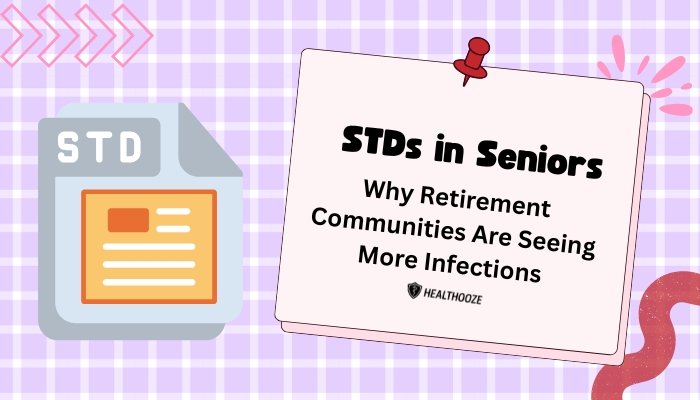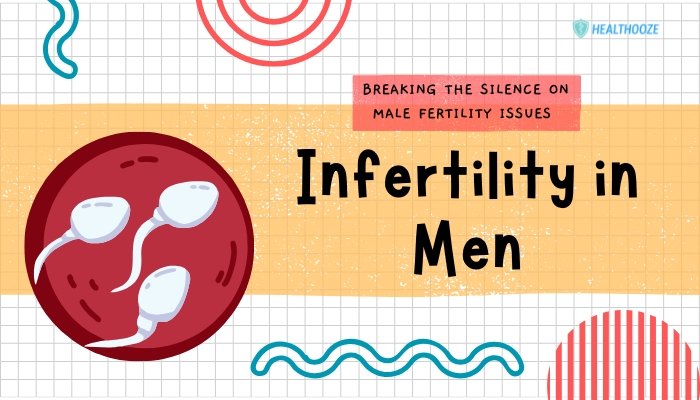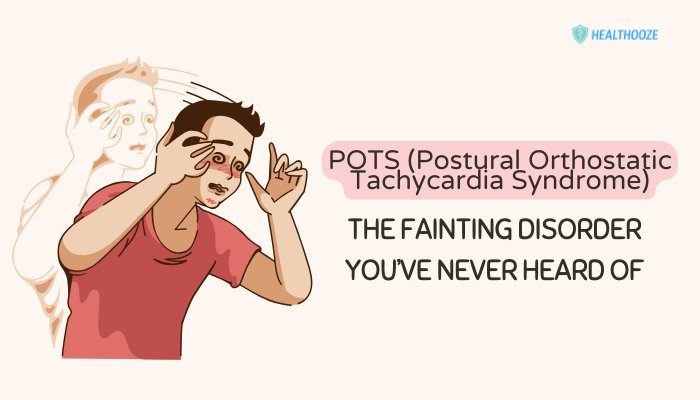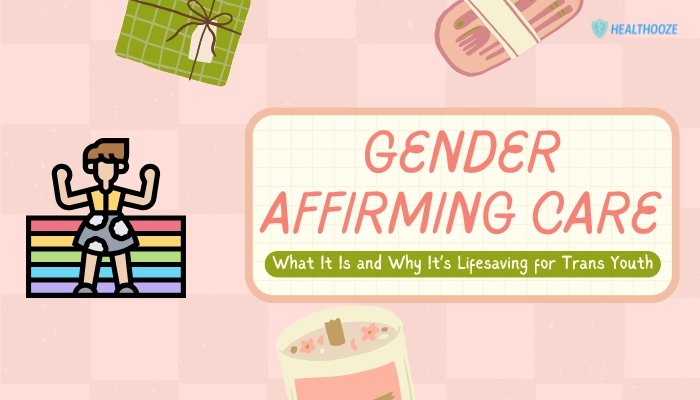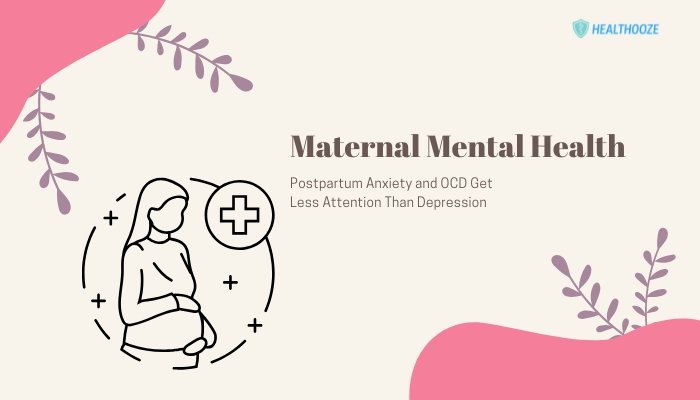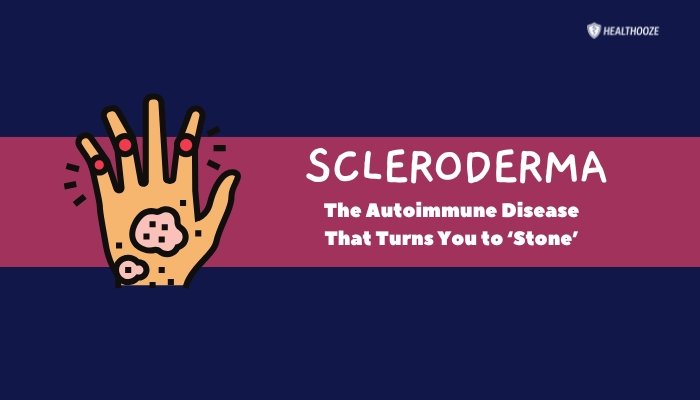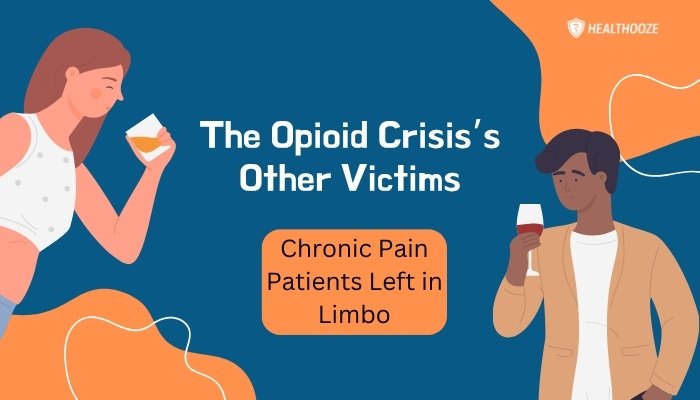Introduction
The image of sexually transmitted diseases (STDs) often centers on younger demographics, such as teenagers or adults in their 20s and 30s. However, rising STD rates in retirement communities and among seniors underscore that sex and its associated health risks do not end at a certain age.
With higher divorce rates, online dating, and diminished fear of pregnancy, many older adults remain sexually active—yet they may lack the habit of using protection or discussing sexual health with partners.
Coupled with minimal public health focus on elder sexual behavior, STD transmission can go unchecked. This article investigates the reasons behind increasing STD incidence in seniors and outlines prevention and educational strategies to tackle the problem.
Shifting Sexual Landscape in Seniors
Increased Longevity and Active Lifestyles
As medical advances extend life expectancy, older adults often enjoy better health and independence than past generations. Many rediscover romance in retirement communities or after losing a spouse, leading to new partnerships that involve a return to intimate contact.
Technological and Social Changes
- Online Dating: The proliferation of apps catering to older adults fosters new connections and potential for multiple partners.
- Cultural Openness: Taboos around seniors’ sexuality are slowly eroding, but awareness of STD prevention remains lagging.
Lowered Pregnancy Concern
Post-menopausal women need not worry about conception, so condoms (commonly used for birth control) are less likely to be used, unwittingly leaving both partners vulnerable to STDs.
Why Seniors Are Overlooked in STD Discussions
Assumptions About Asexuality
Healthcare providers, relatives, and sometimes older individuals themselves often view seniors as past the stage of sexual activity, so routine STD screenings might not be performed. This “it can’t happen to me” mindset fosters complacency.
Minimal Public Health Targeting
Campaigns frequently focus on younger populations, ignoring that older adults also benefit from safe sex education, easy STD testing, and guidance on discussing protection with partners.
Potential Lack of Symptom Recognition
The symptoms of some STDs (like mild burning or changes in discharge) can be mistaken for normal aging or other conditions like urinary tract infections. Without strong suspicion, STDs may progress untreated.
Common STDs Among Older Adults
Chlamydia and Gonorrhea
These bacterial infections can be asymptomatic or cause mild urinary symptoms, easily overlooked in older patients with multiple health complaints. Untreated, they can lead to complications like pelvic inflammatory disease or epididymitis.
Syphilis
Once close to eradication in many regions, syphilis rates are rebounding, including in seniors. Early stages may show subtle sores; advanced stages can cause severe organ or neurological damage if untreated.
Herpes and HPV
- Herpes Simplex: Painful genital blisters might be downplayed as “shingles” or minor skin issues.
- Human Papillomavirus (HPV): The virus may cause genital warts or raise the risk of cancers in older adults lacking prior vaccination.
HIV and Hepatitis
Although prevalence is lower, HIV’s chronic nature and stigma keep it underdiagnosed among seniors who re-enter dating. Hepatitis B and C, transmissible through sexual contact, also pose threats to older livers.
Health and Social Consequences
Physical Complications
Beyond acute symptoms, STDs can escalate chronic health burdens in an older population already dealing with comorbidities (e.g., diabetes, hypertension). For example, untreated syphilis or chronic hepatitis can drastically worsen organ function.
Emotional Toll and Stigma
- Embarrassment: Many seniors hesitate to discuss sexual activity or STDs with healthcare providers, compounding isolation.
- Relationship Tensions: Partners may blame each other for introducing infection, straining newly formed or long-standing bonds.
Impact on Healthcare Costs
Undiagnosed or delayed STD treatments can lead to advanced complications requiring expensive interventions. Early detection is not only beneficial medically, but also financially.
Strategies for Prevention and Support
Education and Outreach
- Tailored Campaigns: Age-appropriate materials covering condom use, symptom recognition, and testing can empower seniors to safeguard sexual health.
- Healthcare Provider Training: Encouraging geriatricians and PCPs to address sexual history in older patients matter-of-factly, offering test suggestions proactively.
Accessible Testing
- Routine Screening: Including STD tests in annual checkups for sexually active seniors, especially those with new partners.
- Mobile Clinics: Deploying community-based screenings in senior living facilities or community centers normalizes testing and cuts logistic barriers.
Encouraging Candid Communication
- Within Relationships: Partners should openly discuss sexual health histories and protection choices.
- Family and Caregivers: Recognizing older adults’ autonomy in sexual decisions while ensuring they have resources for safe practices.
Management and Treatment
Prompt Diagnosis
For seniors experiencing any suspicious genital symptoms, lumps, or persistent urinary discomfort, seeking prompt evaluation is paramount. Quick antibiotic or antiviral treatment can avert progression to severe outcomes.
Holistic Approaches
- Address Comorbidities: Minimizing complications from coexisting chronic conditions (e.g., kidney disease) helps older bodies better respond to STD treatments.
- Supportive Counseling: If an older adult finds their self-image shaken by an STD diagnosis, therapy or group support ensures mental health remains stable.
Changing the Narrative
Inclusion in Sexual Health Discourse
Seniors must be recognized in safe sex campaigns, bridging an omission that leaves them at risk. Healthcare systems can weave in age-friendly messaging, from brochures in waiting rooms to supportive nurse-led discussions.
Breaking Ageist Stereotypes
Older adults remain sexually active and deserving of respect, empathy, and resources. Emphasizing real stories—like older couples successfully using condoms or single seniors openly discussing HIV prophylaxis—updates a dialogue once stuck in taboo.
Encouraging Research and Data
Robust epidemiological studies that disaggregate data by age highlight specific spikes in STD incidence among seniors, guiding better-targeted interventions. This clarifies the scale of risk, prompting policy changes and resource allocation.
Conclusion
As older adults revisit dating and intimacy, STDs no longer concern only younger demographics. Retirement communities can become hotspots for transmissions if protective practices and knowledge about sexual health remain absent. Tackling this underrecognized issue involves destigmatizing older sexuality, arming healthcare workers with the impetus to screen, and forging public health campaigns that highlight safe sex at any life stage. By normalizing STD prevention and detection among seniors, we ensure that the golden years aren’t marred by preventable infections and that older people can maintain a confident, healthy sex life—free from age-based misconceptions.
References
- https://www.cdc.gov/
- Gott M, Hinchliff S. How sex is studied in later life: Evidence and methodological implications. Soc Sci Med. 2003.
- Foley K, Kopecky M, Papic M. Sexual health and aging: Myths, misconceptions, and evidence-based interventions. Geriatr Nurs. 2020.

